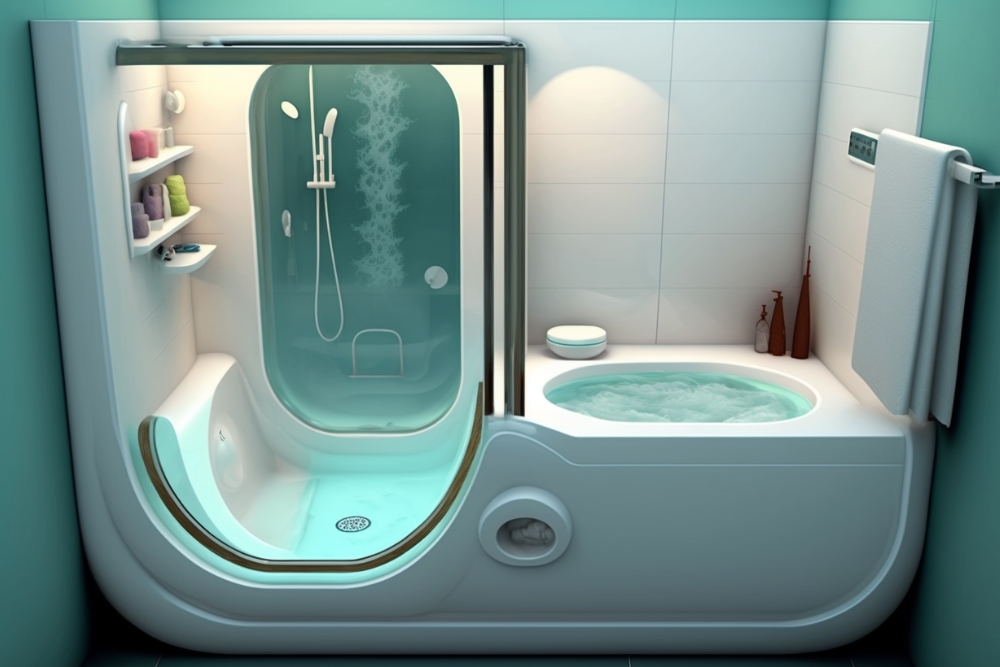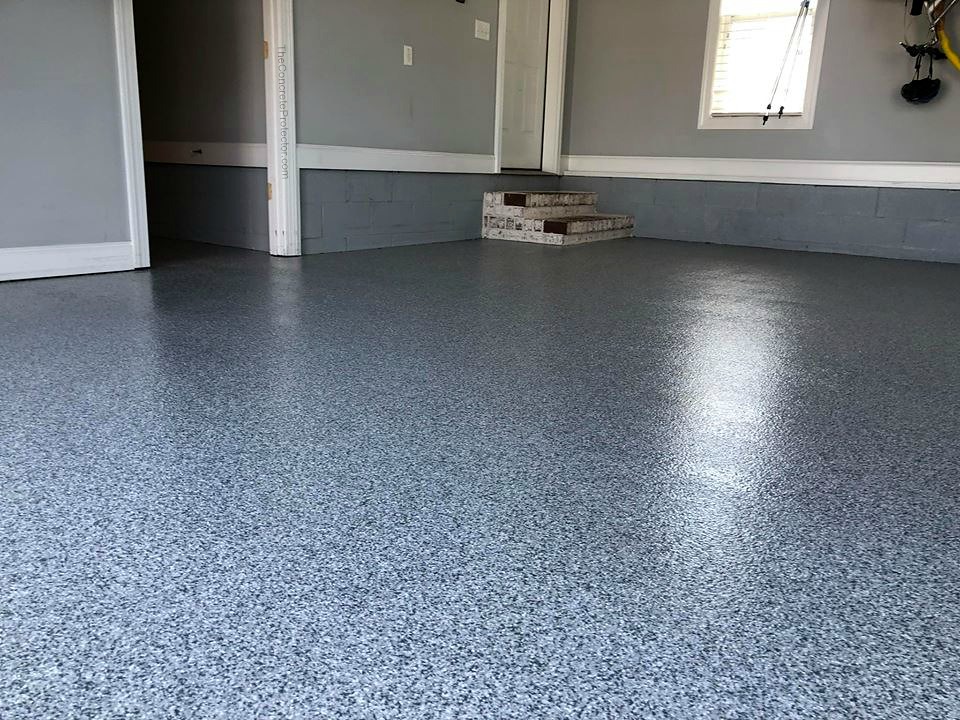Walk-in Showers: A Complete Guide to Enhanced Bathroom Safety and Style
A walk-in shower represents one of the most significant bathroom upgrades you can make, combining practical functionality with modern aesthetics. These barrier-free shower spaces not only enhance safety and accessibility but also add considerable value to your home. Whether you're planning a bathroom renovation or simply exploring options for a more practical bathing solution, walk-in showers offer numerous benefits that cater to users of all ages and abilities.

How Do Walk-in Showers Enhance Safety and Accessibility?
Walk-in showers eliminate the need to step over high bath edges or navigate slippery surfaces, making them particularly beneficial for elderly users or those with mobility challenges. The zero-threshold entry design prevents tripping hazards, while non-slip flooring options provide additional security. Many walk-in showers can be equipped with safety features like grab bars, built-in seating, and adjustable shower heads, creating a safer bathing environment for everyone in the household.
What Design Options Are Available for Modern Bathrooms?
Today’s walk-in showers offer extensive customization possibilities to suit any bathroom style. From minimalist frameless glass enclosures to bold tile patterns and contemporary hardware finishes, the design options are virtually limitless. Popular choices include:
-
Floor-to-ceiling glass panels for an open, spacious feel
-
Designer tile work in various patterns and materials
-
Multiple shower head configurations
-
Built-in storage niches and shelving
-
Custom lighting solutions
-
Decorative drainage systems
Which Materials Should You Choose for Durability and Style?
Selecting the right materials for your walk-in shower is crucial for both longevity and aesthetics. High-quality options include:
-
Porcelain or ceramic tiles for walls and flooring
-
Tempered glass panels for enclosures
-
Natural stone options like marble or granite
-
Solid surface materials for seamless walls
-
Stainless steel or brushed nickel fixtures
-
Waterproof grout and sealants
How Does a Walk-in Shower Improve Bathroom Functionality?
Walk-in showers typically require less space than traditional tub-shower combinations, making them ideal for bathroom optimization. They can be designed to fit various spaces, from compact corners to expansive wet rooms. The open design allows for easier cleaning and maintenance while improving air circulation and reducing moisture buildup. Additionally, the removal of barriers creates a more spacious feel, even in smaller bathrooms.
What Are the Best Maintenance Practices for Walk-in Showers?
To ensure your walk-in shower remains beautiful and functional for years to come, regular maintenance is essential:
-
Weekly cleaning of glass panels to prevent hard water stains
-
Regular inspection and resealing of grout lines
-
Proper ventilation to prevent mold and mildew
-
Immediate attention to any leaks or drainage issues
-
Regular cleaning of shower heads and fixtures
-
Annual professional inspection of waterproofing systems
| Component | Average Cost Range | Installation Time |
|---|---|---|
| Basic Walk-in Shower | £2,500 - £4,500 | 2-3 days |
| Mid-Range Custom Design | £4,500 - £8,000 | 3-5 days |
| Luxury Installation | £8,000 - £15,000+ | 5-7 days |
Prices, rates, or cost estimates mentioned in this article are based on the latest available information but may change over time. Independent research is advised before making financial decisions.
A walk-in shower represents a significant investment in both home value and daily comfort. By carefully considering design options, materials, and maintenance requirements, you can create a shower space that perfectly balances safety, functionality, and style. Whether you’re updating for accessibility reasons or seeking a modern bathroom upgrade, a well-designed walk-in shower can transform your daily routine while providing years of reliable service.




